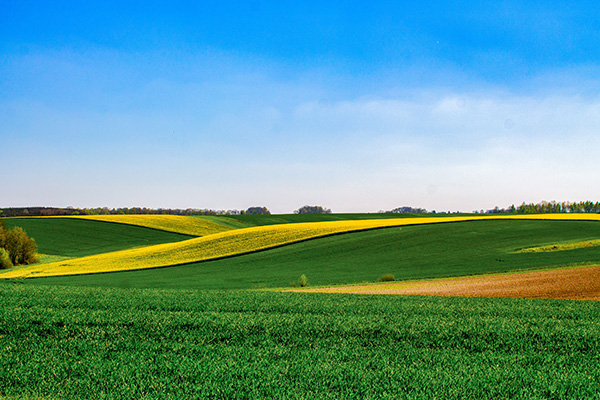RUSTICA perspective on EU Strategies
Will the impact of the RUSTICA project be determined by European policy?
The technical validation, demonstration and implementation of bio-based fertilisers and soil improvers based on redundant leftovers from the agro-food value chain of the RUSTICA project and its impact perspective will significantly be determined by European Policy.
Not only the European Green Deal emphasizing economic growth decoupled from resource use but also the Farm-to-fork Strategy and the EU Biodiversity Strategy for 2030 provide strong signals towards the shape of agricultural business models of the future. With view on sustainable food production, advanced biorefineries and the circular bio-based economy are highlighted by the former, e.g., for production of bio-fertilisers which are not fully exploited by the agricultural sector at the moment. Policies on recovery, waste management, biodiversity, and bioeconomy to address the problem of food waste are required by the Farm-to-fork-Strategy as well. To tackle the aforementioned issues, RUSTICA research strives for tailored solutions on valorization of food waste and reduction of nutrient pollution. An Action Plan for the Development of Organic Production under the Farm-to-fork-Strategy has been launched by the European Commission to accomplish the objective of 25% organic farming in the EU by 2030. This goal is also reflected in the EU Biodiversity Strategy. If organic agriculture is addressed by a fertiliser or soil improver, specific legal stipulations are laid down, e.g., in the Regulations (EU) 2018/848 and (EU) 2021/1165.
Due to its scope, the EU Circular Economy Strategy and EU Bioeconomy Strategy are of particular relevance for the RUSTICA project. From seven “key product value chains” of the Circular Economy Action Plan 2020, “food, water and nutrients” encompasses biological resources and renewable bio-based materials. In this regard, an “Integrated Nutrient Management Plan” aimed at sustainability in terms of nutrient use and markets for recovered nutrients has been announced by the European Commission. From the three areas of the updated strategy on circular bioeconomy from 2018, Area Two involves inter alia “sustainable food and farming systems” and promotes unfolding local bioeconomies in urban, rural, and coastal areas. The concepts of RUSTICA provide a solid basis that can be further evaluated in terms of how to be used for local and regional bioeconomies.
13.10.2023
Adelheid Wiedemann
www.wiedemann-gmbh.eu
Disclaimer: The views presented in this publication RUSTICA – perspective on EU strategies are solely an opinion of the author. The author and the RUSTICA consortium members do not accept any liability for direct or indirect consequences, losses or damages resulting from the use of this publication, its content or parts of it. This document is exclusively prepared for general information purposes and represents in no kind a legal or any other advice.


